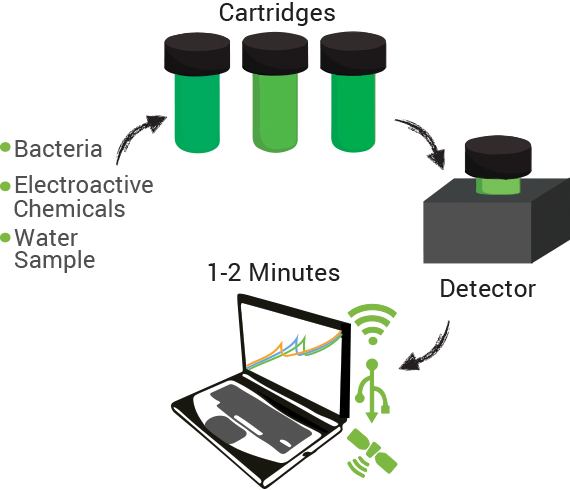Team:Calgary Entrepreneurial/Sandbox2
From 2013.igem.org
| Line 2: | Line 2: | ||
|SIDENAV= | |SIDENAV= | ||
<html> | <html> | ||
| - | <ul> | + | <ul class="column1"> |
<li><a href="https://2013.igem.org/Team:Calgary_Entrepreneurial/Project/Executive/">Executive Summary</a></li> | <li><a href="https://2013.igem.org/Team:Calgary_Entrepreneurial/Project/Executive/">Executive Summary</a></li> | ||
<li><a href="https://2013.igem.org/Team:Calgary_Entrepreneurial/Project/Technology/">Technology</a> | <li><a href="https://2013.igem.org/Team:Calgary_Entrepreneurial/Project/Technology/">Technology</a> | ||
| Line 17: | Line 17: | ||
<li><a href="https://2013.igem.org/Team:Calgary_Entrepreneurial/Project/Market/">Marketing</a></li> | <li><a href="https://2013.igem.org/Team:Calgary_Entrepreneurial/Project/Market/">Marketing</a></li> | ||
</ul> | </ul> | ||
| - | <ul> | + | <ul class="column2"> |
<li><a href="https://2013.igem.org/Team:Calgary_Entrepreneurial/Project/Management">Management</a></li> | <li><a href="https://2013.igem.org/Team:Calgary_Entrepreneurial/Project/Management">Management</a></li> | ||
<li><a href="https://2013.igem.org/Team:Calgary_Entrepreneurial/Project/Model">Milestones</a></li> | <li><a href="https://2013.igem.org/Team:Calgary_Entrepreneurial/Project/Model">Milestones</a></li> | ||
Revision as of 21:48, 26 October 2013



FREDsense's website works best with Javascript enabled, especially on mobile devices. Please enable Javascript for optimal viewing.
Testing a Page for Sidebar Size
This is a test. Do not be alarmed. Or something.
Overview
Our product is a sensor for a variety of oil and gas related contaminants in water. The system is rapid and portable, allowing for monitoring of toxins much more quickly and easily than present systems allow. Our sensor utiliizes a strain of soil bacteria which has been synthetically designed to react to toxins in the environment by producing enzymes capable of changing compounds so that they can be detected electrochemically. Detection of electroactive chemicals is quantitative and software analysis of the results permits the user to measure the amount of toxin using a simple computer, USB, WiFi, or GPS based interface.
We have produced a microbial strain that is able to detect three relevant oil sands toxins: naphthenic acids, carbazole, and dibenzothiophene. Further tests have shown that this strain does not respond to an innocuous compound with structural similarity to naphthenic acid or to a general stress inducing compound. We have demonstrated the output of the detector as being able to alter specific compounds so that they may be detected electrochemically. Furthermore we are working to demonstrate that we can detect simultaneously active output signals, where more than one compound can be detected at a time. We currently have a proof-of-concept technology for detecting oil sands toxins.
As we are refining the techniques to optimally detect toxins with the microbial strain, we will be developing a prototype of the system that will be sold commercially and will be ultimately be used by clients for field tests. On this front we are working closely with manufacturers to design our final product.
 "
"

